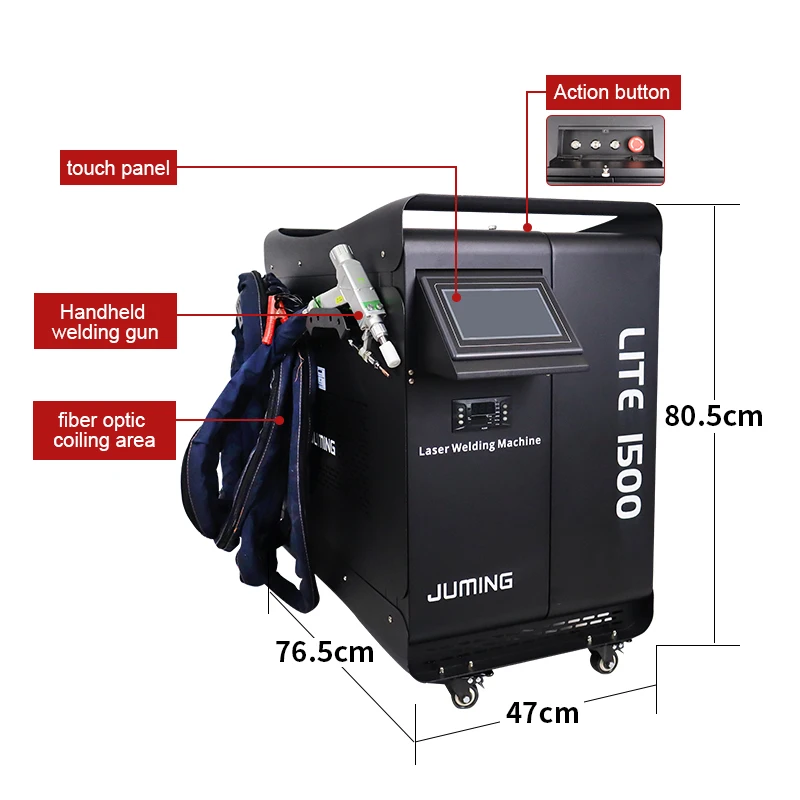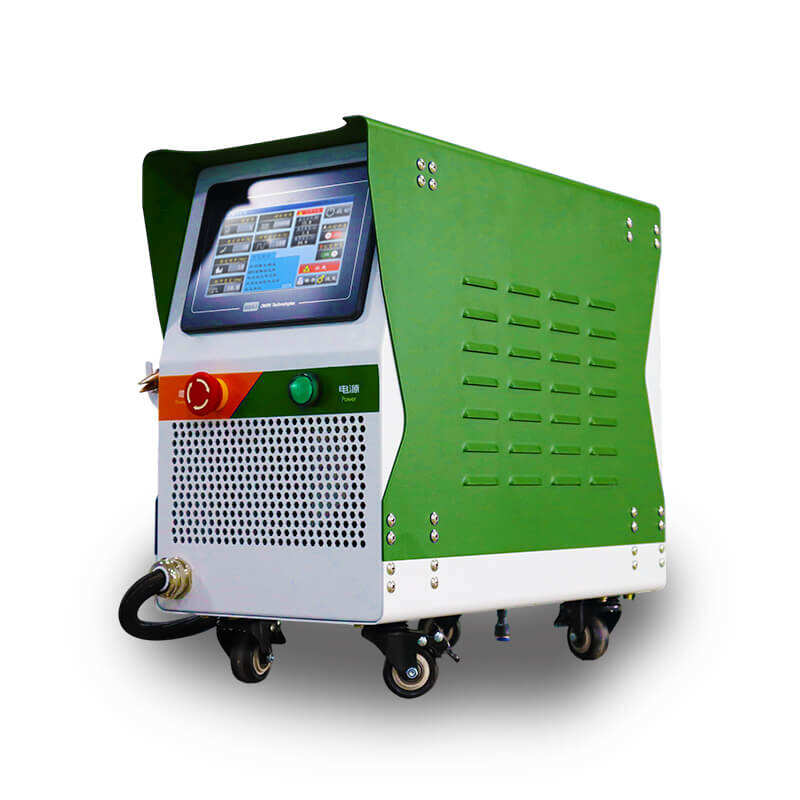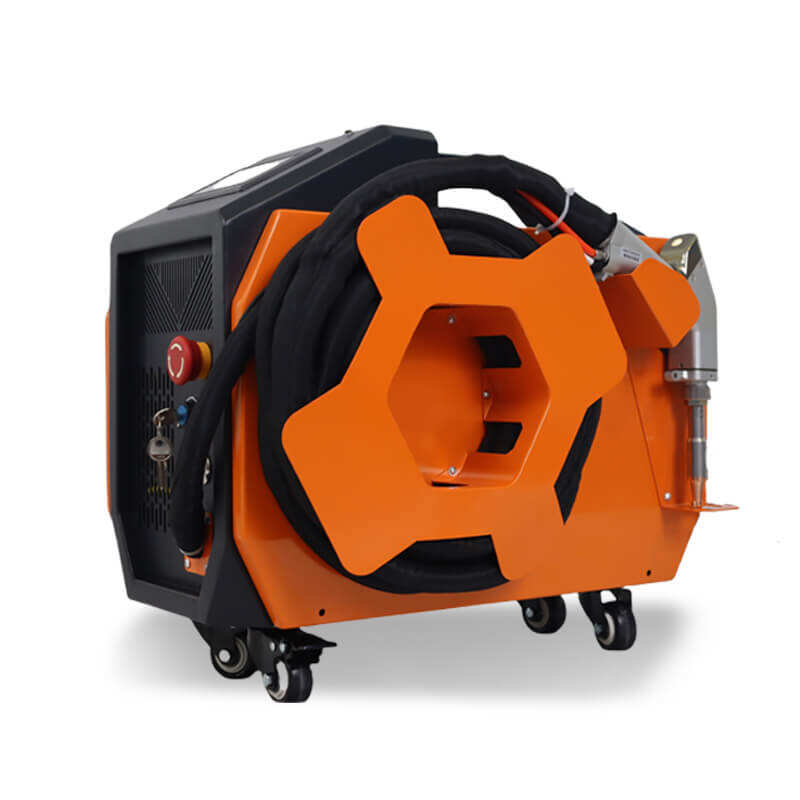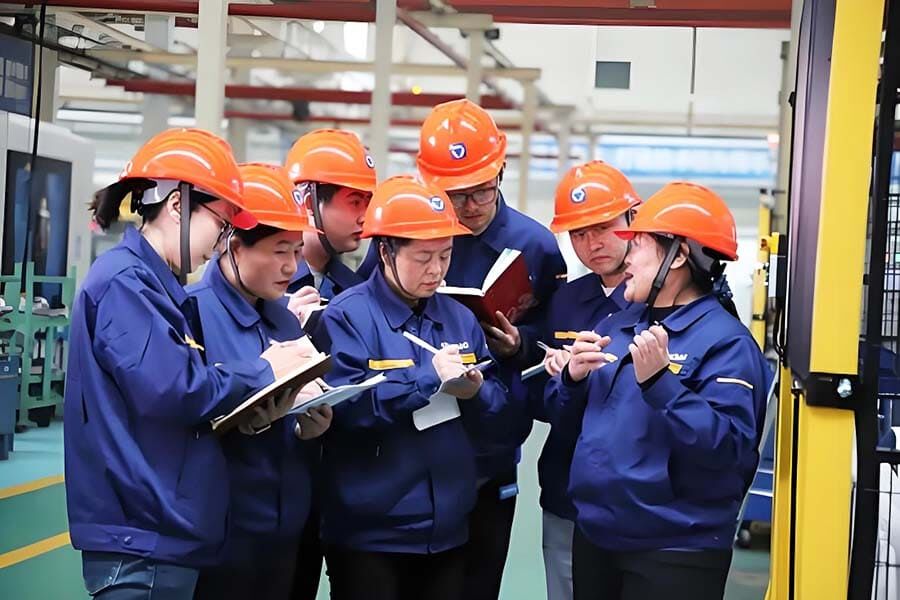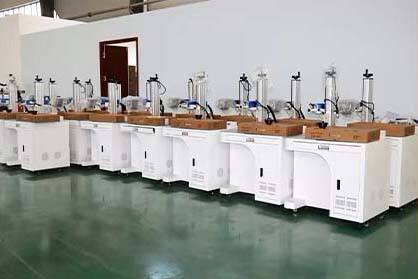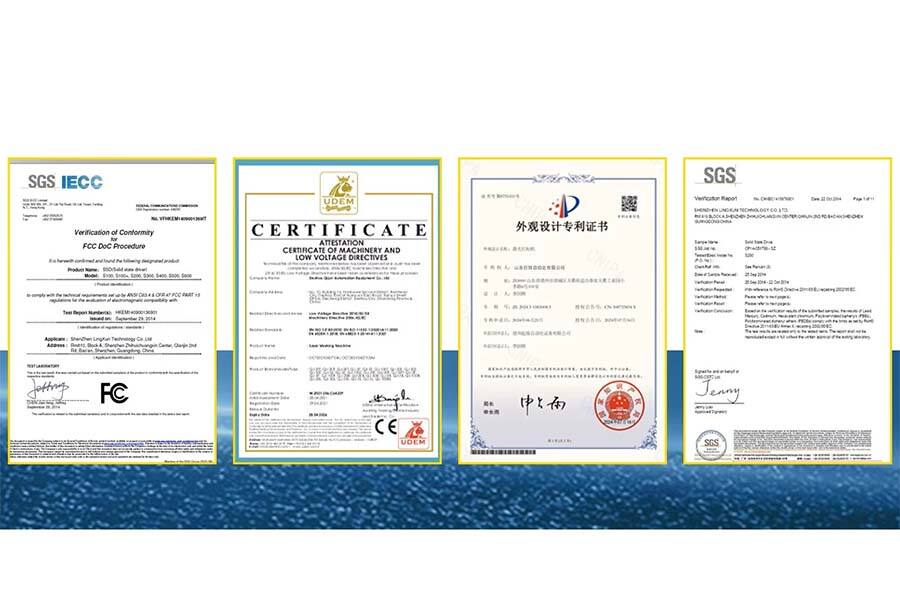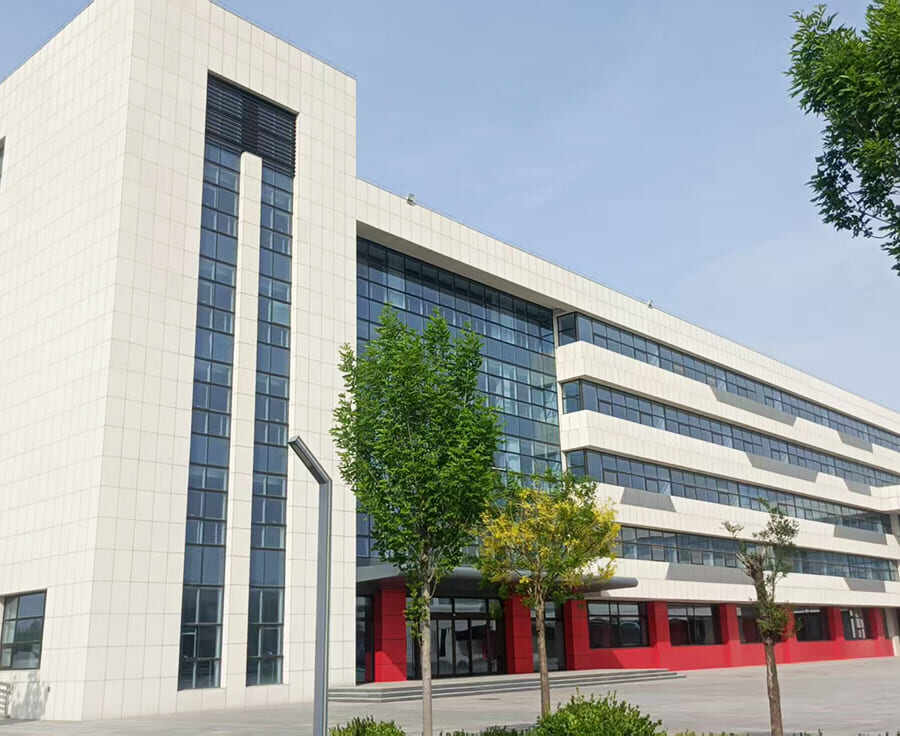-
Product
- Laser Marking Machine
- Laser Welding Machine
- Jewelry Welding Machine
- Laser Cutting Machine
- Crystal Engraving Machine
- Laser Engraving Machine
- Dual-Fiber Laser Marking Machine
- Handheld Welding Machine
- Pulse Welding Machine
- Cutting Machine & Pipe Cutting Machine
- Glass Cutting Machine
- Grinding Machine
- Laser Edge Banding Machine
- About Us
- Video
- Application
- News & Blog
- Contact us


